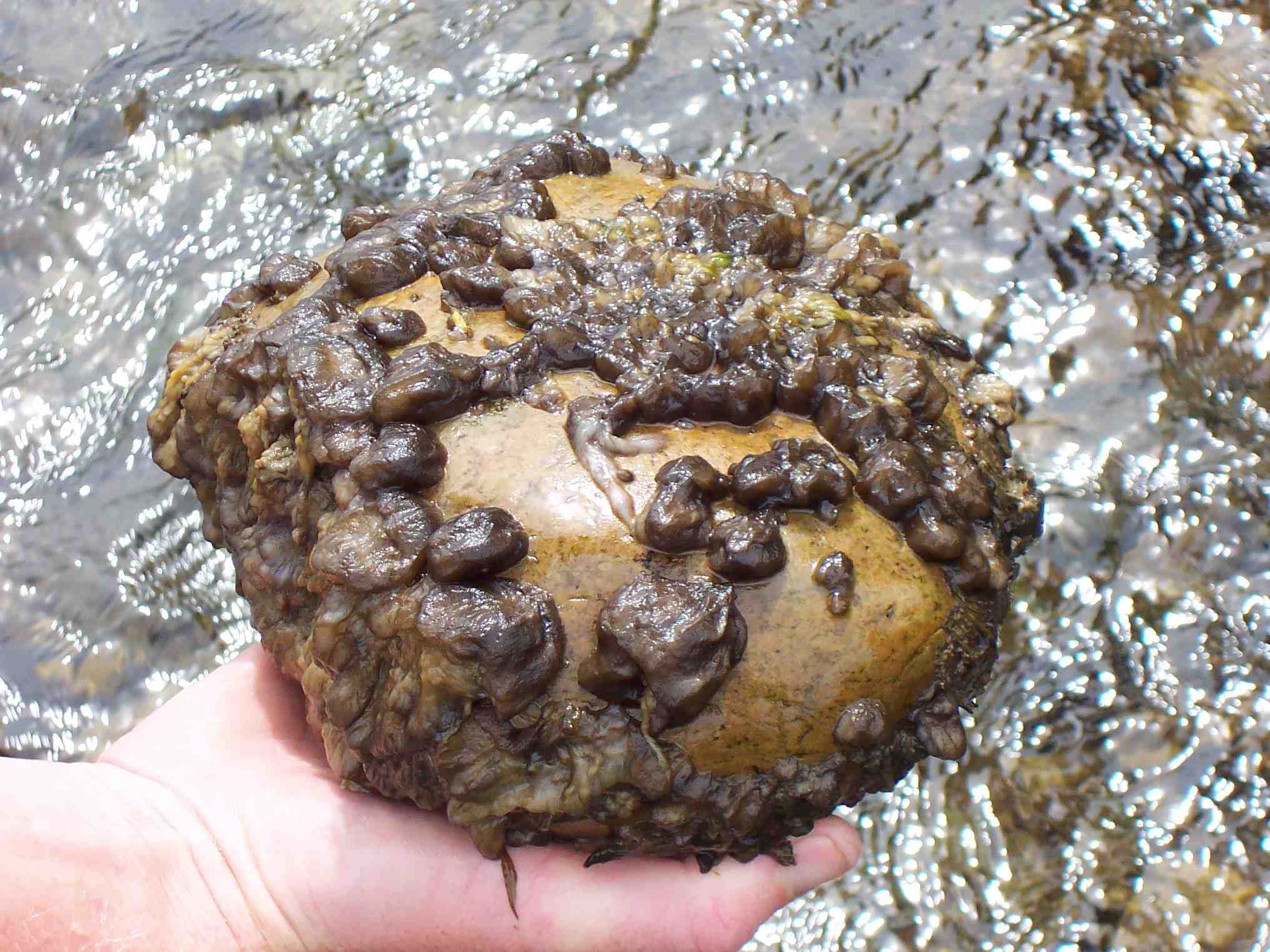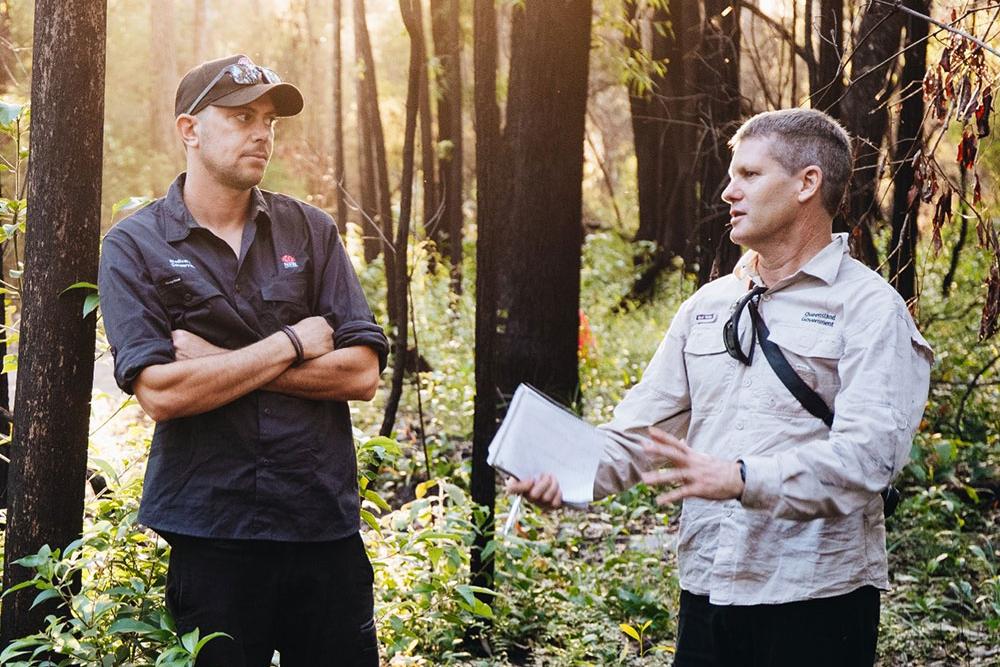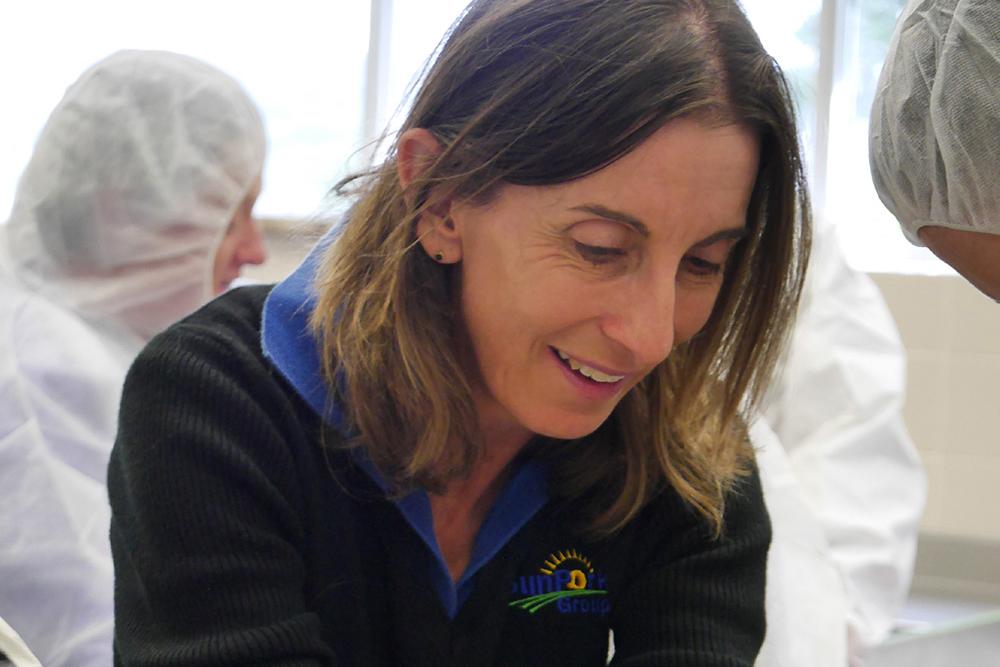Didymo (Didymosphenia germinata) also known as rock snot, is a highly invasive exotic freshwater algae, that can have a significant environmental impact. It can spread quickly, forming massive blooms in waterways or lake edges. Once established, didymo blooms can adversely affect water quality, aquatic invertebrates and fish stocks and are a hazard for commercial industry, agricultural irrigations and recreational activities.
While not present in Australia, it has invaded rivers and lakes in Europe, Asia, North America and New Zealand. Didymo is made up of cells that cannot be seen with the naked eye until a large colony is formed. Due to its highly invasive nature, it is listed on the National Priority List of Exotic Environmental Pests, Weeds and Diseases (EEPL).
It takes only one didymo cell in a single drop of water for the algae to spread. Didymo infects freshwater pathways via human movement and use of contaminated aquatic and fishing equipment. Preventing further spread relies on freshwater users cleaning aquatic equipment.
Eradication of didymo from infected waterways is likely to be extremely difficult and may not be possible. The department is working to prevent the introduction of didymo to Australia. Special care is required when bringing equipment into Australia that has been used in fresh water overseas. If you bring any items into Australia that have been exposed to overseas freshwater rivers, lakes and streams, ensure they are thoroughly cleaned and dry, and free of reservoirs of water. Any potentially contaminated fishing or recreational equipment will be confiscated by the department and treated at the traveller's expense. For advice on fishing equipment requirements visit agriculture.gov.au/didymo.




